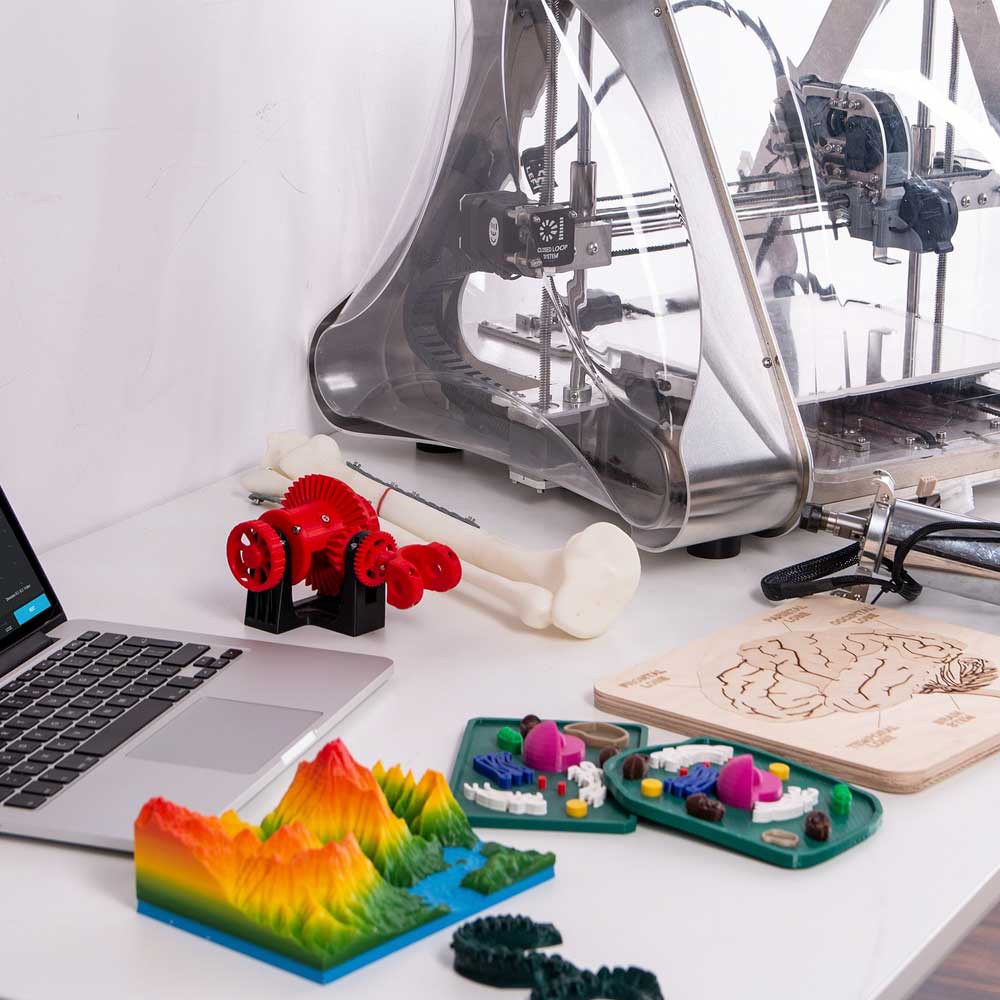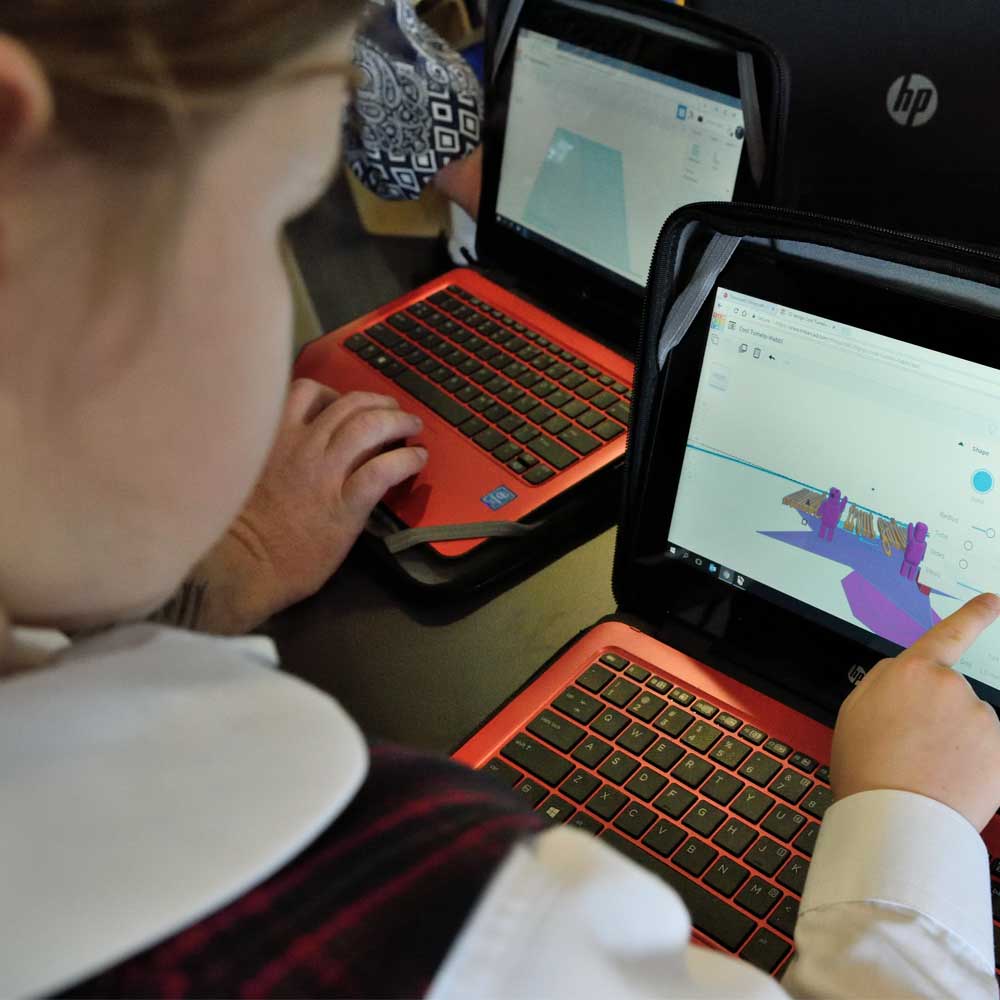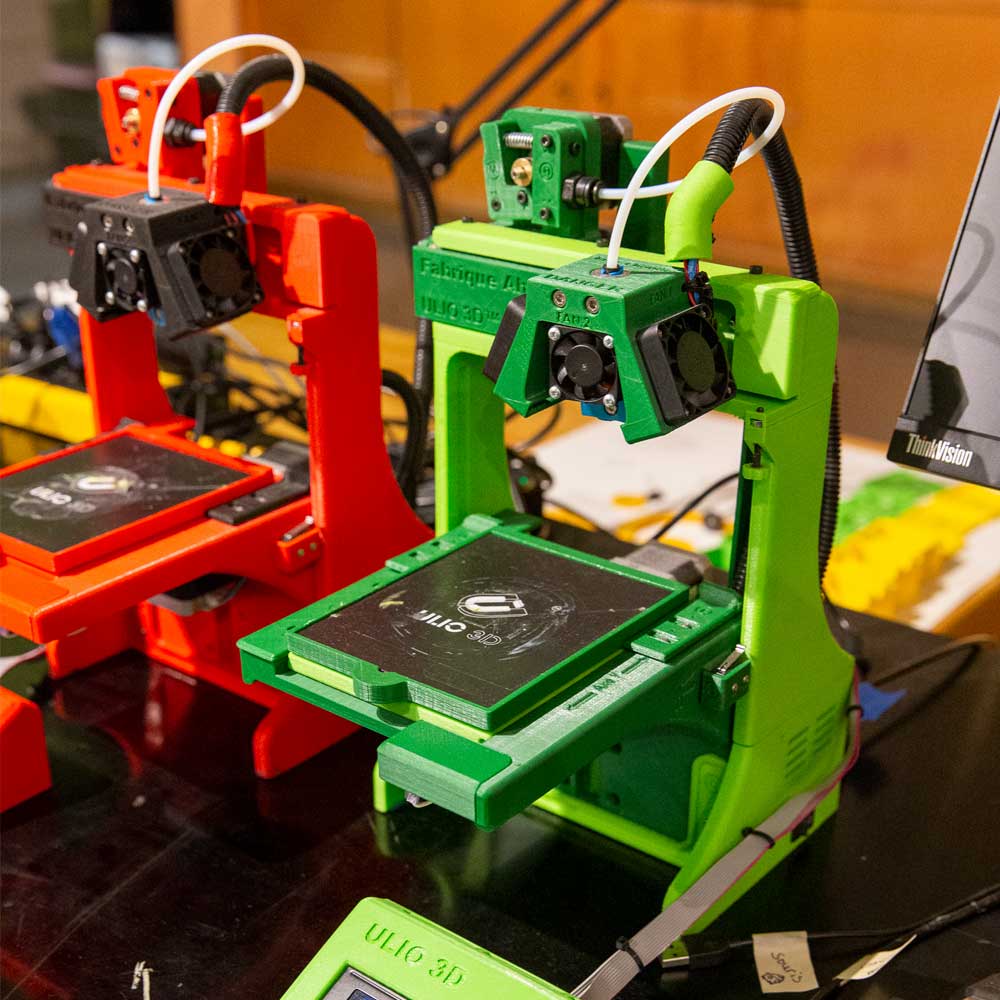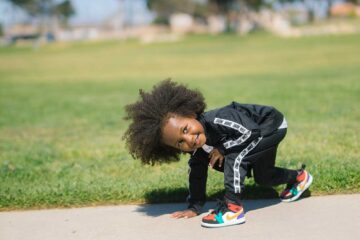Home » Blog » Kids Party »
You know that we, at My Studio Party, are big fans of encouraging creativity in kids with music and art. That being said, science and technology, an important part of today’s society, can also help inspire creativity. We’re currently at a point in time when our economy is constantly moving towards technology based industries. As a result, the demand for people proficient in STEM – science, technology, engineering and mathematics – is increasing. Hence, so is the likelihood of your child working in one of these industries later in life.
It is therefore important to empower young minds to learn about STEM subjects. How can we spark kids’ interest while continuing to nurture their creativity? We believe 3D printing is the answer.
Here are the top 3 benefits to teaching kids 3D printing:
1. Promotes active learning
3D printing can be used to help facilitate learning almost any subject. Instead of simply reading or listening to the information in order to learn, 3D printing allows kids to interact with a subject in a more hands-on approach. Using biology as an example, students learning about the human reproductive system can use 3D printing to print out the reproductive system and its accompanying organs. This provides them with a realistic view of how the organs work together. Here are 10 other ways 3D printing can be used in education as listed by Teach Thought:
- Engineering design students can print out prototypes
- Architecture students can print out 3D models of designs
- History classes can print out historical artifacts for examination
- Graphic Design students can print out 3D versions of their artwork
- Geography students can print out topography, demographic, or population maps
- Cooking students can create moulds for food products
- Automotive students can print out replacement parts or modified examples of existing parts for testing
- Chemistry students can print out 3D models of molecules
- Biology students can print out cells, viruses, organs, and other critical biological artifacts
- Math students can print out “problems” to solve in their own learning spaces, from scale models to city infrastructural design challenges
2. Encourages arts and crafts
3D printing is a really fascinating technology that is proven to engage kids and keep them interested. We believe that the sooner kids discover the possibilities of 3D printing, the more likely they are to want to use it to make their creative ideas into reality. And what is young children’s main interest? Toys. By introducing kids to 3D printing as a means to develop action figures and other toys, they will later on naturally be interested in developing their own original pieces. This, in part, creates another avenue where they will want to learn how to use design software applications – an art form in itself – to bring their ideas to life.
3. Encourages inventors
3D printing can also put kids in a position where they become inventors. Instead of buying someone else’s creation, they can make their own. They can identify needs and problems and either improve someone else’s creation or create their own different solution. An example of this is the story of 12-year-old William Graeme, a diabetic, who invented a sanitary device for storing used blood testing strips for diabetics. Other young 3D printing inventors include:
- Jordan Reeves – She helped design a 3D printed prosthetic arm that shoots 5 cylinders of glitter. She made this to show other young people that the designing and 3D printing process can be fun and is accessible to them.
- Jakob Sperry – He designed a fidget toy for people with ADHD. He first designed it with CAD (computer-aided design) and then asked his father to print it on the 3D printer he has access to at work.
- Alexis Lewis – She designed and printed the Emergency Mask Pod. It’s a plastic, football-shaped case that holds Xcaper’s Emergency Mask, a mask that can be worn to protect against smoke inhalation. The case can be thrown by firemen into an open second-story window with 70% accuracy, from a close but safe distance while they work to get to the victims.
Conclusion
Learning 3D printing at a young age can benefit a person in various ways. Not only will it help spark kids’ interest in STEM subjects, but it can also actually help them learn about it in a hands-on manner. This approach can encourage kids to use their creativity for their own pleasure by making their own toys. As they get older, the creative skills they developed in the process can be used to solve every day or even global problems. They can become inventors.
What do you think about teaching kids to use 3D printers? Do you think your child would benefit from it? We’d love to hear your thoughts so be sure to share them with us here or on Instagram, Facebook, Pinterest or Twitter!







0 Comments